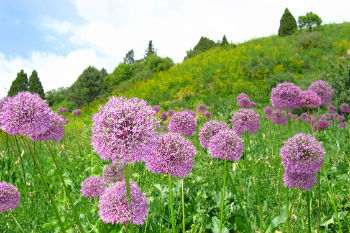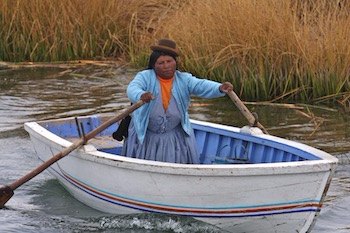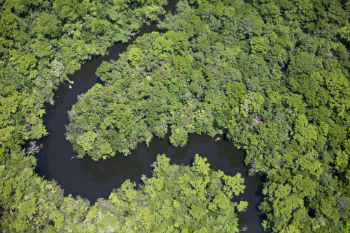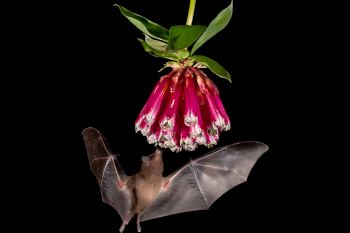Main menu
CEPF is a joint initiative of l’Agence Française de Développement, Conservation International, the European Union, Fondation Hans Wilsdorf, the Global Environment Facility, the Government of Canada, the Government of Japan and the World Bank. A fundamental goal is to ensure civil society is engaged in biodiversity conservation.
Visitez le site français コア情報の日本語翻訳を読むOr use Google Translate to translate the English site to your language:
GTranslate
Celebrating Biodiversity: the Bali Myna
By: Olivier Langrand, CEPF Executive Director
08 March 2017
08 March 2017
The second installment of our new occasional blog series, “Celebrating Biodiversity,” in which we highlight specific species.
Several bird species have a distribution limited to the islands of Bali and Java, Indonesia, but only one is strictly endemic to Bali: the Bali myna (Leucopsar rothschildi).
This starling, historically distributed in the northwest of Bali (which is within the Sundaland Biodiversity Hotspot) is today restricted to Bali Barat National Park, on the western part of the island.
For more than 20 years the Bali myna has been categorized as Critically Endangered on the IUCN Red List. The species’ decline is primarily attributed to illegal poaching. Though there is legislation protecting the bird, illegal trapping—to satisfy the demand for the caged bird trade—continues.
The natural habitat of the species, consisting of open woodland and tree-savanna interspersed with monsoon-forest, is also threatened, placing added pressure on the myna population.
In 1999, the captive breeding facility located near Bali Barat National Park was attacked at gun point, and 39 birds were stolen. Today this facility is protected by a double electric fence and guards equipped with automatic weapons.
From 550 wild individuals in 1978, the population of Bali myna declined to 37 in 1988, 14 in 1997 and reached its lowest level in 2001, with six wild individuals.
The worldwide captive Bali myna population, however, exceeds 1,000 individuals. Zoos have been partners of conservation interventions, which have included the release of captive-bred birds. Birds have been released in Bali Barat National Park and have been introduced on the Nusa Penida island group, southeast of Denpasar.
The Nusa Penida population has adapted well and reproduced successfully in nest boxes, where 65 adult birds and 62 young birds were inventoried in 2009. Unfortunately, due to poaching, a survey conducted in 2015 showed the presence of just 12 adults.
In December 2007, I was privileged to see a recently released population with Russ Mittermeier, the then-president of Conservation International (now executive vice chair), and witness the success of the conservation operation, with several adult birds occupying natural nest cavities as well as nest boxes.
Poaching is still rampant despite the efforts of the government and some local communities who have been engaged in the conservation of this iconic species.
But there is hope: Today the total population of Bali myna found in the wild is estimated at 50 individuals. On March 5, 2017, Hery Kusumanegara, senior ranger at Bali Barat National Park, showed Carlos-Manuel and Emilio Rodriguez from Conservation International, Jack Tordoff from CEPF, and me a Bali myna born in the wild, in a natural tree cavity, from captive-bred parents that had been previously released. A rare, and encouraging, sight.
It is my hope that of the 4.6 million tourists visiting Bali annually, a small percentage will go to Bali Barat National Park and observe Bali myna in the wild, a species once on the brink of extinction that is making a spectacular comeback because of communities and park authorities working together.










